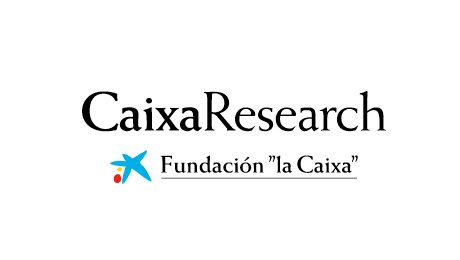Development of novel 3D vascularized cardiac models to investigate Coronary Microvascular Disease
Funding Body: ERC StG (3DVasCMD, project number 101040977)
Project summary
Coronary microvascular disease (CMD) is a significant healthcare challenge, contributing to ischemic heart disease, the number one global cause of human mortality. CMD is associated with dysfunction of small coronary vessels, due to ageing, obesity and metabolic disease, that reduces blood flow and oxygenation in the heart. Despite its widespread impact on health, our understanding is limited to animal studies, which do not recapitulate the pathophysiology in humans, nor can they be used to reveal cellular crosstalk in a controlled manner. Thus, there is a critical need to develop a humanized in vitro model to mimic CMD. Advances in organ-on-chip and induced pluripotent stem cell (iPSC) technologies, together with our state-of-the-art 3D humanized vascular models, provide new opportunities to investigate CMD. 3DVasCMD builds on our expertise to develop a complex vascularized cardiac model, to reveal pathological mechanisms and novel therapeutic targets of CMD. By combining cutting-edge tissue-engineering approaches we will: 1) Develop and characterize a 3D vascularized cardiac model, 2) Determine the impact of known risk factors on the pathophysiology of CMD; 3) Develop a high-throughput system for cardiovascular drug screening. Our model will reveal cardiac tissue-vessel crosstalk by combining autologously-differentiated iPSCs in a controlled fluidic environment. This model will enable unprecedented study of ischemia, diabetes, and sex-hormone contributions to CMD using 3D in vitro tissues. Ultimately, a high-throughput version of our model, combined with machine learning, will predict the efficacy of therapeutic targets. Using an interdisciplinary approach, 3DVasCMD will impact our understanding of how microenvironmental and heritable risk-factors contribute to CMD. This model has the potential to study multiple facets of vascular disease and can be further developed into a preclinical tool, which will be a breakthrough for cardiovascular biology and medicine


